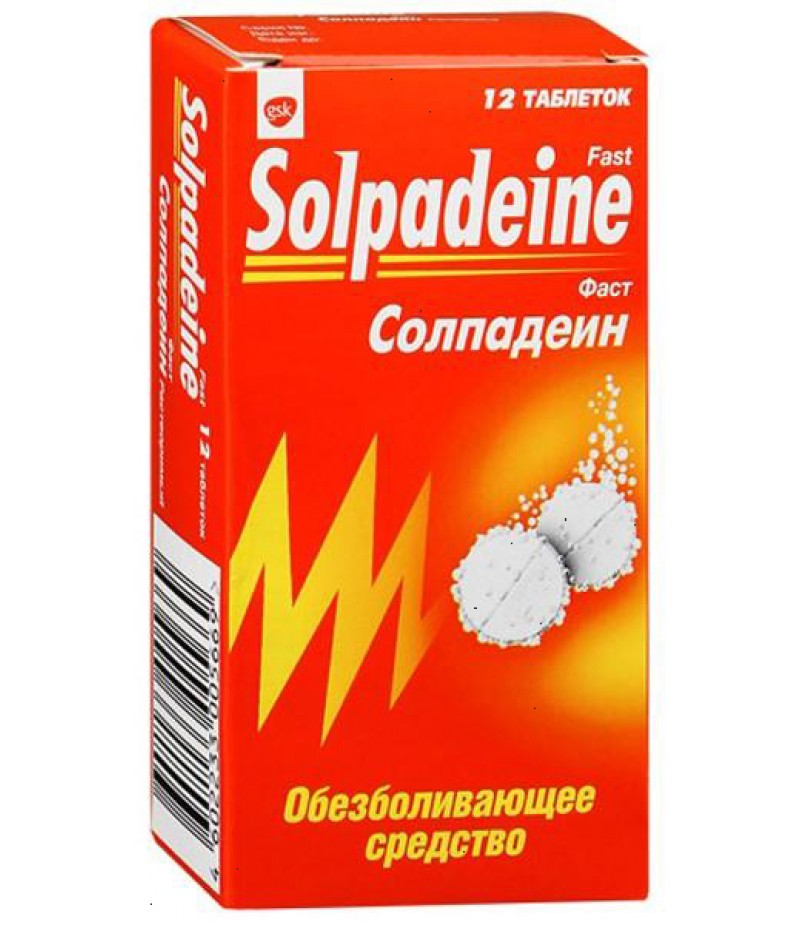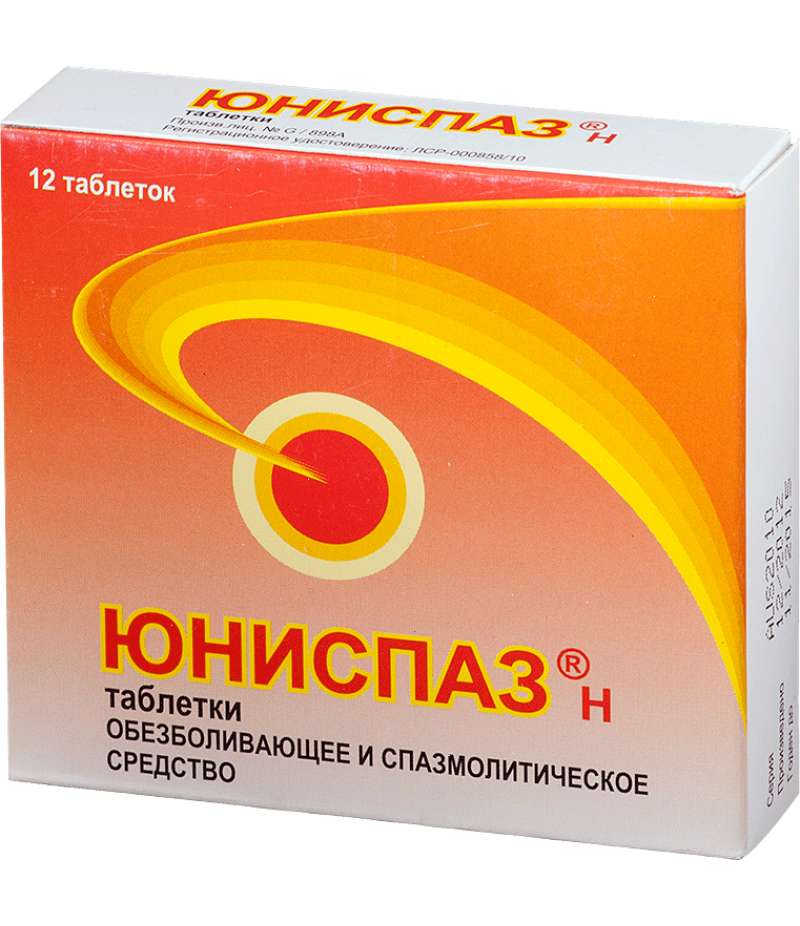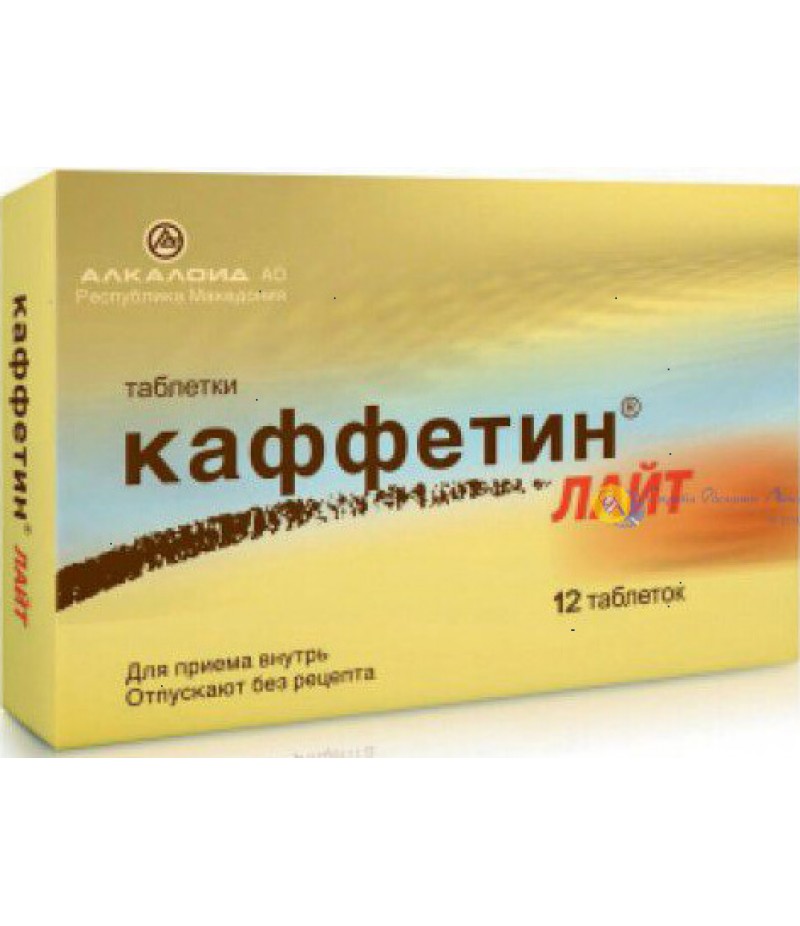Novalgin tabs #10
- $12.55
- 3 or more $12.28
- Availability:In Stock
User manual for Novalgin tabletsReed more and buy Novalgin pillsCompositionOne tablet of Novalgin contains 200 mg of paracetamol, 200 mg of propiphenazone, and 50 mg of caffeine.Additional substances:
Tags: tabs
User manual for Novalgin tablets
Reed more and buy Novalgin pills
Composition
One tablet of Novalgin contains 200 mg of paracetamol, 200 mg of propiphenazone, and 50 mg of caffeine.
Additional substances: corn starch, magnesium stearate, microcrystalline cellulose, lactose, croscarmellose sodium, silicon dioxide.
Form of issue
White biconvex tablets, with a notch on one side.
6 or 12 tablets in a blister; one blister in a pack of cardboard.
12 tablets in a blister, two blisters in a pack of cardboard.
30 tablets in a polymer container; one container in a pack of cardboard.
pharmachologic effect
Anesthetic, antipyretic, psychostimulating, anti-inflammatory action.
Pharmacodynamics and pharmacokinetics
Pharmacodynamics
The preparation is of a combined composition. The effect is due to the properties of the constituents that make up its composition.
Paracetamol has antipyretic, analgesic and mild anti-inflammatory effect. It affects the thermoregulatory center in the hypothalamus and slightly inhibits the synthesis of prostaglandins.
Propiphenazone shows an analgesic effect.
Caffeine enhances the tone of the vessels of the brain, stimulates the vasomotor and respiratory centers, lowers the aggregation of platelets, causes the expansion of the vessels of the heart, muscles, kidneys. It also helps suppress drowsiness, stimulate physical and mental performance.
Pharmacokinetics
The drug is quickly and completely absorbed in the digestive tract. Components of the preparation Novalgin relatively weakly react with blood proteins. After use, a small amount of paracetamol is converted into a highly active intermediate metabolite N-acetyl-benzo-quinonimine, which is then inactivated by the glutathione cell system.
Indications for use
Treatment of pain syndrome of small and moderate strength in primary dysmenorrhea.
Pain syndrome of small and moderate strength of different genesis: migraine, headache, arthralgia, toothache, myalgia.
Fever (as an antipyretic drug).
Contraindications
Lack of glucose-6-phosphate dehydrogenase.
Severe failure of the liver or kidneys.
Acute hematoporphyria.
Oppression of hematopoiesis in the bone marrow.
Bronchial asthma, recurrent polyposis of the nasal cavity or intolerance to Aspirin or other anti-inflammatory non-steroid drugs.
Intracranial hypertension.
Inhibition of breathing.
Myocardial infarction in an acute period.
Alcoholic intoxication.
Arterial hypertension, arrhythmia.
Glaucoma.
Age before 12 years.
Pregnancy, lactation.
Lack of lactase.
Glucose-galactose malabsorption.
Sensitization to the components of the preparation.
Lactose intolerance.
It is recommended to use the drug with caution in the following conditions: elderly age, peptic ulcer in the acute stage, bronchial asthma, mild liver or kidney dysfunction.
Side effects
Disorders from the nervous activity: increased excitability, insomnia, disorientation, dizziness.
Digestive disorders: vomiting, nausea, pain and discomfort in the epigastric region, increased activity of liver enzymes, hepatonecrosis.
Disorders from the genitourinary sphere: renal colic, papillary necrosis, interstitial nephritis.
Disorders from the hemopoiesis: sulfhemoglobinemia, agranulocytosis, leukopenia, methemoglobinemia, hemolytic anemia, with prolonged use in high doses - pancytopenia, aplastic anemia, leukopenia, thrombocytopenia, neutropenia.
Disorders from the circulation: increased pressure, palpitations.
Dermatological disorders: multiforme exudative erythema, toxic epidermal necrolysis.
Allergic reactions: skin rash, skin hyperemia, skin itch, erythema, urticaria, bronchospasm, angioedema, anaphylactic shock, rhinorrhea.
Instructions for use Novalgin (Method and dosage)
The drug is taken orally after eating, squeezed with water.
Adults usually appoint 1-2 tablets up to four times a day. The daily dose should not be more than six tablets.
Children of 12-18 years are prescribed on a tablet no more than three times a day.
Duration of intake should not exceed 3 days when used as an antipyretic and 5 days when used as an anesthetic.
Overdose
For paracetamol
Signs of an overdose: pallor of the skin, nausea, anorexia, vomiting, impaired glucose metabolism, abdominal pain, metabolic acidosis, liver function disorders can develop 12-48 hours later. With severe overdose, hepatic insufficiency, encephalopathy, coma, arrhythmia, acute renal failure, pancreatitis are possible.
Treatment of overdose: the reception of donors of SH-groups, the precursors of biosynthesis of glutathione-methionine in the first 9 hours and Acetylcysteine in the first 8 hours. The need for additional therapeutic measures is determined based on the level of paracetamol in the blood and the time that passed after an overdose to them.
For caffeine
Signs of an overdose: agitation, gastralgia, motor anxiety, anxiety, confusion, dehydration, delirium, tachycardia, hyperthermia, arrhythmia, headache, frequent urination, increased pain sensitivity, nausea and vomiting, tremors, ringing in the ears, convulsions.
More than 300 mg of caffeine a day (including when consuming more than 4 cups of 150 ml of coffee) can cause tremors, anxiety, confusion, headache, extrasystole.
Treatment of an overdose: gastric lavage if no more than 4 hours have passed, taking enterosorbents and laxatives; with gastritis of hemorrhagic nature, antacids are recommended, gastric lavage with a cold solution of 0.9% sodium chloride; control of lung function and oxygenation; when there is a seizure, intravenous administration of Phenobarbital, Diazepam or Phenytoin is indicated; control of the balance of liquid and electrolytes.
Interaction
Paracetamol lowers the effectiveness of uricosuric drugs.
Sharing paracetamol in high doses increases the effect of anticoagulants.
Activators of microsomal enzymes, hepatotoxic agents and ethanol increase the synthesis of hydroxylated paracetamol derivatives, which can lead to the development of severe poisoning even with a slight overdose.
Long-term use of barbiturates weakens the effect of paracetamol.
Myelotoxic agents stimulate the hematotoxic effects of paracetamol.
With simultaneous administration with ethanol, the risk of acute pancreatitis increases.
Caffeine is an antagonist of adenosine. With simultaneous use of caffeine and activators of microsomal enzymes, it is possible to increase metabolism and increase caffeine clearance; and with simultaneous use with microsomal enzyme blockers, a decrease in caffeine metabolism in the liver is possible.
Mexiletine lowers to 50% caffeine evacuation; nicotine increases the rate of evacuation of caffeine.
Inhibitors of monoamine oxidase, procarbazine, furazolidone, selegiline together with high doses of caffeine can provoke the development of potentially dangerous arrhythmias or pronounced increase in blood pressure.
Caffeine lowers the absorption of calcium-containing drugs from the digestive tract; reduces the effect of narcotic and hypnotics; increases the release of lithium drugs by the kidneys; accelerates absorption and enhances the effects of cardiac glycosides, increases their toxicity.
The joint use of caffeine with β-adrenoblockers causes mutual suppression of therapeutic effects; and with β-adrenomimetics - to enhance the stimulation of the nervous system and toxic effects.
Propifenazone enhances the effects of anticoagulants, oral hypoglycemic and sulfanilamide preparations, and also stimulates the ulcerogenic effect of glucocorticosteroids, weakening the effect of potassium-sparing diuretics.
Absorption of components of Novalgin may decrease when combined with m-holinoblokatorami, Kolestyramin, antidepressants.
Terms of sale
To buy Novalgin you don't need a prescription.
Storage conditions
Store in a dark place at a temperature of no higher than 25 ° C. Keep away from children.
Shelf life - 3 years.
special instructions
Frequent intake of caffeinated products during treatment can cause signs of an overdose of caffeine.
At the time of taking the drug, special care must be taken when driving vehicles.
Children
The drug is not used in children under 18 years.
With alcohol
For the period of treatment you need to stop using alcohol.
In pregnancy and lactation
The drug is forbidden to use in these periods.
Reviews about Novalgin
Reviews about Novalgin with monthly and other pains are controversial, although most patients are satisfied with the results. There are often reports of allergic reactions to the drug, as well as cases of insufficient effectiveness, which, incidentally, can be explained by individual insensitivity.





